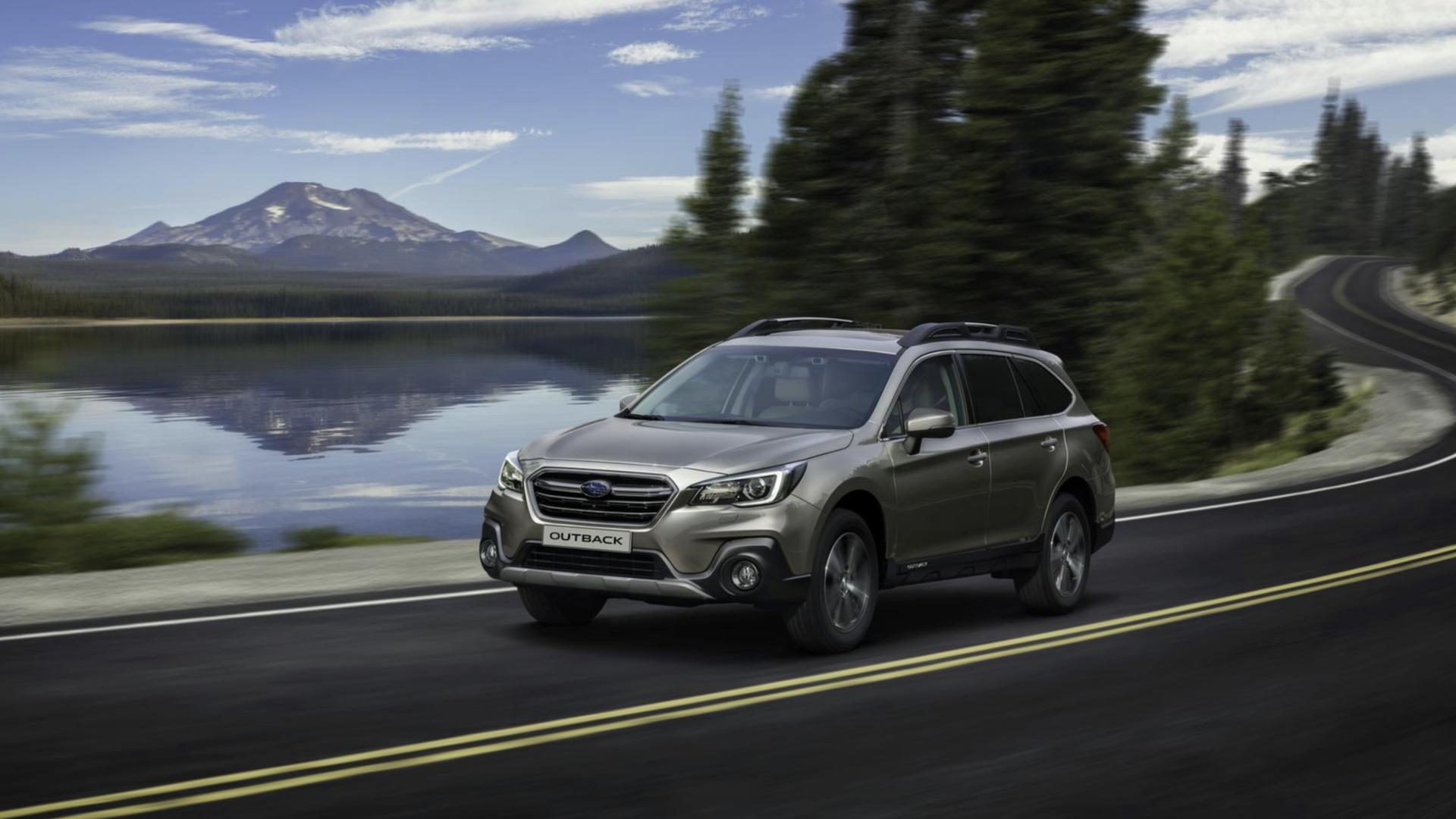The Ministry of Industry and Trade of Russia has published a new list of cars, the owners of which will have to pay the so-called luxury tax.
The list is divided into several categories depending on the price of the car and its age: from 3 to 5 million rubles., From 5 to 10 million rubles., From 10 to 15 million rubles. and over 15 million rubles.
In total, the list includes 1300 car models that can be purchased in Russia. Note that the luxury tax first appeared in 2014. Then the list of the Ministry of Industry and Trade included 191 models, however, the list increased every year.
The luxury tax is an increased rate of transport tax, which is determined depending on the category of car established by the state. Another criterion that complements the price is the age of the car, which is specified for all categories, but is specified separately for each model in the list itself.
Car owners in the price range from 3 to 5 million rubles. no older than five years will have to pay a higher tax with a coefficient of 1.1. Previously, within this category, there was a more detailed age division with three factors from 1.1 to 1.5, but in 2019 the scheme was revised.
When a car costs from 5 to 10 million rubles and is under the age of five, the tax will be doubled.
Cars in the category from 10 to 15 million rubles. under the age of ten years are subject to payment of transport tax in three times. A similar rate is provided for cars more than 15 million rubles. and not older than 20 years.
At the end of all the age limits, a car tax will be charged on a common basis.
- Chrysler pacifica
- © chrysler.ru
In 2020, along with the traditionally presented cars of extremely expensive premium brands, several models that are produced under relatively massive brands were included in the list. We are talking, in particular, about the Chrysler Pacifica minivan, the Honda Pilot and Mazda CX-9 crossovers, as well as the Subaru Outback station wagon and the WRX sedan.
In addition, even before 2020, the list included cars of such mass brands as Chevrolet, Ford, Hyundai, Nissan and Toyota.
According to Viktor Pokhmelkin, chairman of the Russian Motorists' Movement, the luxury tax system should include more specific criteria.
“There is a classification of brands and models within the automotive range. There are premium cars. It seems to me that they, in the first place, should be subject to a luxury tax ... We need clear formalized objective criteria by which this or that car would apply to the object of taxation, ”the expert said in an interview with RT.
- Subaru outback
- © subaru.ru
In turn, Maxim Kadakov, editor-in-chief of the magazine “Behind the Wheel,” doubted that the discussion of luxury tax should consider whether the car belongs to the premium segment or its absence.
“The bar of 3 million rubles has been determined. All cars are gradually getting more expensive, some cars appear in more expensive versions, and buyers, unfortunately, need to know and check their cars when paying the annual tax, ”the expert explained in an interview with RT.
He noted that in case of being on the list, the owner will have to pay a higher tax even for a used car.
"If the car is on this list, regardless of whether the used car was bought, if it falls into this age plug, or a new car - if it is on this list, then our government considers it to be a luxury item," said Kadakov.
Earlier in February, the Ministry of Industry and Trade announced their intentions to increase transport tax rates for old cars. The deputy head of the department, Alexander Morozov, said that his ministry had sent a proposal to the Ministry of Transport.
“In the near future (we will represent. - RT) the Ministry of Transport will offer from January 1, 2021 a radical increase in the base rate of the transport tax on Euro-3 cars and lower,” he said.
Morozov's statement provoked widespread criticism in the automotive community and beyond. A few days later, the head of the Ministry of Industry and Trade Denis Manturov specified that the initiative concerns only commercial vehicles.
“This initiative will not affect the personal cars of Russians. So there is nothing for ordinary motorists to worry about, ”the minister said.
According to the Ministry of Industry and Trade, the fleet of commercial vehicles that comply with the Euro-3 class and below has 3 million units in Russia.

